-

DataHub Commercial (Restricted) Licence - General Terms
DataHub Commercial (Restricted) Use Licence - General Terms -

DataHub Non-Commercial Use Licence – General Terms
DataHub Non-Commercial Use Licence – General Terms -

NIWA can help you leverage updated climate projections
ServiceNIWA is using updated climate projections to help New Zealanders better understand climate-related risks. -
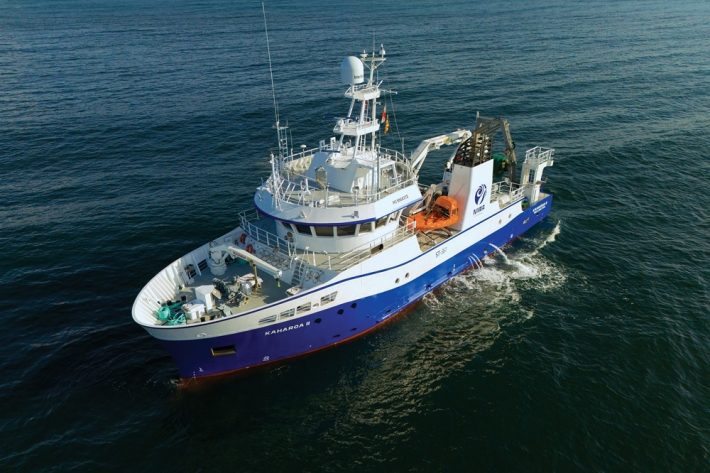
New vessel to study undersea in the Hauraki Gulf
News article26 August 2024NIWA’s new research vessel, Kaharoa II, will be in the Hauraki Gulf Marine Park/ Ko te Pataka kai o Tīkapa Moana Te Moananui-ā-Toi over the next three weeks, filming underwater habitats. -
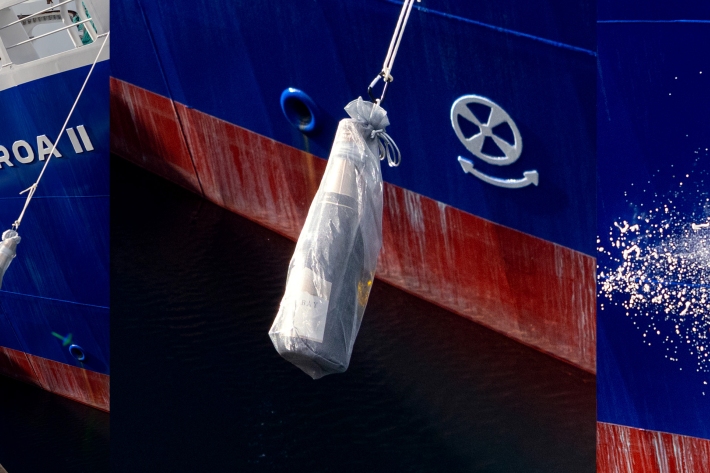
Cutting-edge research vessel arrives in Wellington
Media release19 August 2024NIWA’s brand-new research vessel, Kaharoa II, was officially christened by Minister Judith Collins today. -
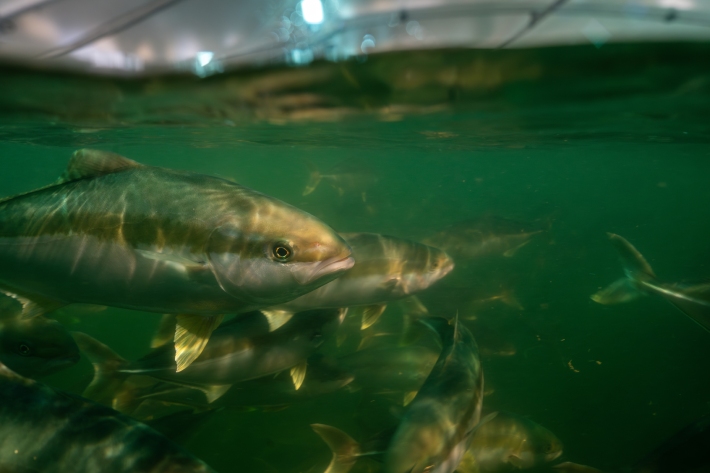
Kingfish – the new species for New Zealand aquaculture
Media release13 August 2024Commercial-scale production of kingfish - a high-value, white-fleshed finfish to complement salmon - is now a reality in New Zealand. -

Supercomputing for the nation - NIWA’s new $20 million supercomputer
Media release12 August 2024A $20 million investment in NIWA’s world-leading climate, marine and freshwater science and advanced technologies. -
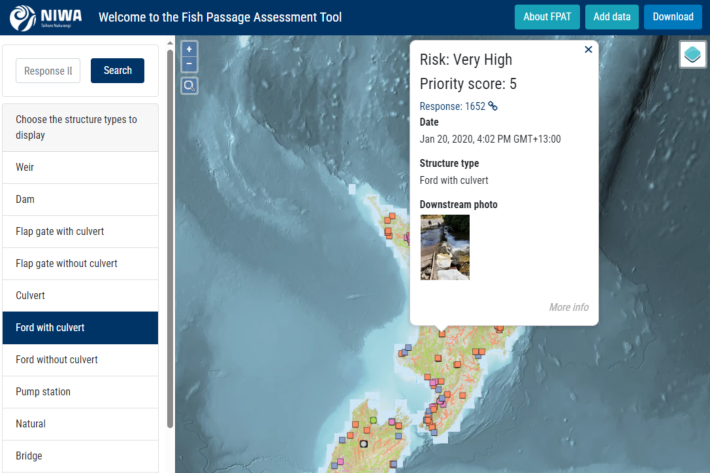
Fish Passage Assessment Tool
Software Tool/ResourceAn easy-to-use system for recording instream structures and assessing their likely impact on fish movements and river connectivity. -
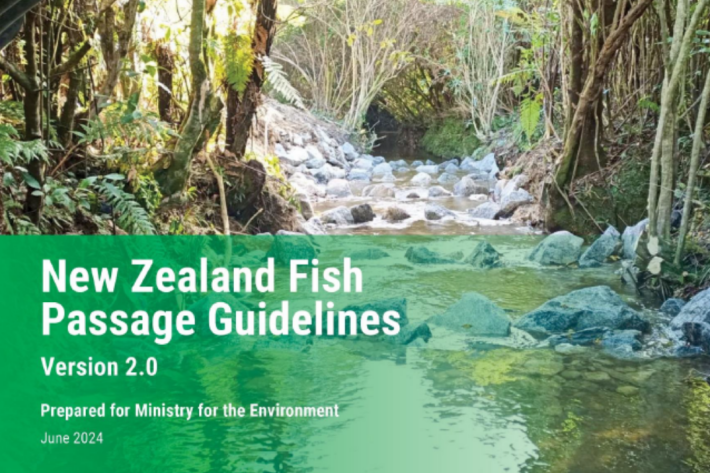
New Zealand Fish Passage Guidelines
Recommended standards for the design and restoration of instream infrastructure to provide for fish passage -

Understanding fish passage - FAQs
See our frequently asked questions about Fish Passage
